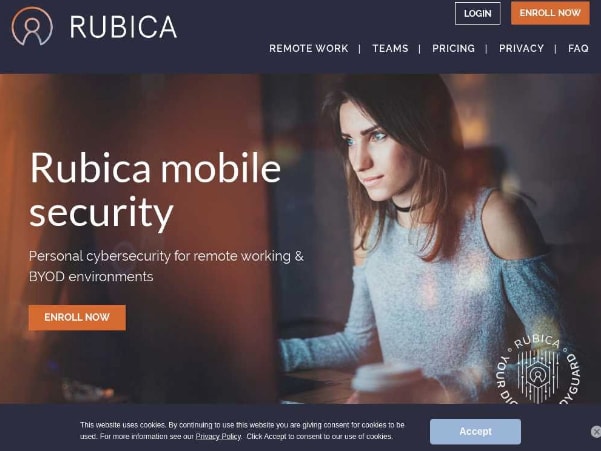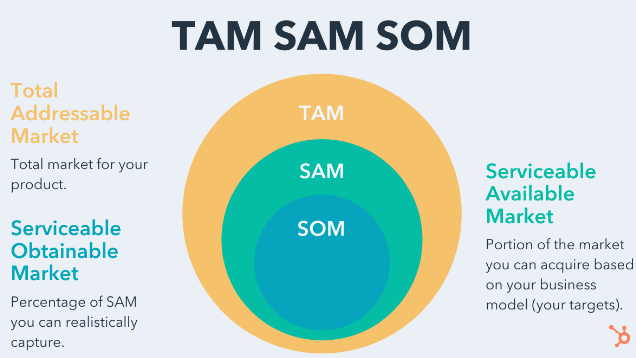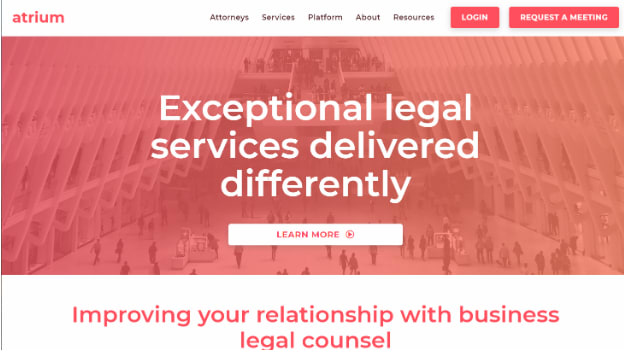This article was originally posted on Codica Blog.
Nowadays, the software-as-a-service domain is rocketing due to cost-effectiveness and low entry barrier. As such, more and more entrepreneurs strive to launch their new cloud startups.
Yet, in fact, very few SaaS startups evolve into successful SaaS companies. Statistics show that 92% of them shut down in 3 years regardless of funding.
In this article, we have collected key reasons for the cloud startup failures. Also, we will tell how to avoid their fate and build a profitable SaaS venture.
Reason 1: Lack of market need
Lack of market interest is one of the top reasons why most SaaS startups fail. CBI Insights reports that about 42% of cloud startups stop operations due to this cause.
Therefore, before launching a cloud startup, make sure that customers will be interested in your offering. A sure-fire way to test your hypothesis is to release an MVP first.
Other reasons why startups fail provided by CBI Insights are as follows:
You have probably heard the proverb that timing is everything. And bad timing can cause an unforeseen decline in market interest.
That was the reason why Rubica, a company that provided security tools for telecommuting, shut down. The Covid-19 outbreak forced these market segments to tighten the purse strings. This mishap led to the failure of this SaaS startup.
To avoid their mistake, consider market targeting carefully. Hubspot defines the specific metrics you should keep in mind when assessing your market size.
- Total Addressable Market (TAM);
- Serviceable Available Market (SAM);
- Serviceable Obtainable Market (SOM).
Reason 2: Running out of cash
Lack of fundings is the second most common reason behind SaaS startup failures. It causes 29% of cloud startups to close down. Usually, it means that entrepreneurs were wrong to define the needed cash flow while startup growing.
To avoid this issue, you need to plan cash flow in stages. Calculate the sum of money you will need for such crucial milestones:
- Progress from seed round funding.
- Beta testing of your cloud product.
- Release to pioneer users.
- Addressing product-market fit issues.
- The business model is approved and starts bringing profit.
- Financing required for further SaaS product development.
Below you can see some small tips to avert a SaaS startup failure :
- Take into account a churn rate;
- Set aside a fund for your product improvement;
- Don’t overestimate your future revenue.
LucidEra is an example of a SaaS startup that couldn't; turn this process well and failed because of it. This company offered visibility solutions for business intelligence. In 2017, they raised the funding of $15.6 million.
However, when creating a business plan, LucidEra relied on favorable terms caused by economic rise specific for that period. As it turned out, the projections were incorrect. Consequently, they did not have enough money to get another round of funding.
As we can see, you should avoid unreasonable spending during your SaaS startup scaling.
Reason 3: Management issues
You might be surprised at how many SaaS startups shut down because of poor management. For 23% of cloud startups, team issues led to disastrous consequences.
What do we mean by management issues? They include insufficient market research, wrong customer acquisition techniques, and growth strategies. The biggest mistake here is failure to define the right direction for your business.
Along with the issues we have just mentioned, unclear leadership is another reason. Thus, co-owners need to share common views on SaaS product development. Likewise, they should define their areas of operation to manage.
Finally, managers should cultivate a sense of togetherness. Harvard Business Review found that teams with high levels of expertise and average to low levels of engagement were overall weaker.
Reason 4: Wrong business model
SaaS startups often make a huge mistake when ignoring the churn rate and other costs associated with customer retention. Normally, they are much higher than they seem at first sight.
However, startups tend to ignore them when choosing the SaaS pricing model. This wrong choice leads to SaaS startup failures.
Below you can see two crucial SaaS startup metrics that will help you choose the proper business model.
- CAC (customer acquisition cost);
- LTV (customer lifetime value).
- APRU is the average monthly revenue per user/customer. At the same time, we use the term churn rate to define the number of users who gave up your SaaS product in a given month.
Keep your CAC lower than LTV. In simple terms, spend less money on customer acquisition compared to the revenue you get from users.
Let’s take a look at wide-range pricing structures that will help you boost your business model:
- One-time pricing;
- Feature-based pricing;
- Tiered pricing;
- Volume pricing;
- Hybrid pricing combinations.
Reason 5: Issues with the product
The last but not least reason why SaaS startups fail is a problem with the product itself. According to CB Insights, a startup failure rate due to being out-competed reaches 19%.
Usually, it means that the solution you offer is far from user-friendly and quickly over-competed by your market rivals. For this reason, your SaaS application design should never be neglected. Especially when it comes to an innovative product.
Importantly, you should keep in touch with your customers constantly. For example, surveys, phone calls, and interviews will help you define your product's flaws in time. Also, focus on quick bug fixing, customer support, and straightforward billing. Otherwise, you risk being left out in the cold if you don't take your audience's wishes seriously.
Atrium was a SaaS startup that had to stop operations due to poor product idea realization.
This company provided software for firms to arrange fundraising and legal team support. Yet, Atrium wasn’t able to replace a traditional law system in the SaaS space due to regulatory boundaries. So, in 2020 it shut down its operations having paid back $75.5 million to its investors.
Thus, even if it seems that your SaaS startup is already doing well, you should keep your finger on the pulse and track your product’s viability.
Final words
Now you know what mistakes you should be aware of to keep your SaaS product up and running. With the tips provided in this article, you will avoid the unfortunate fate of the startups mentioned above.
Have an idea for a SaaS product? Feel free to contact us. Our team has vast experience in building secure and scalable SaaS applications. We will eagerly create the one for you.
For more details about the reasons behind SaaS startup failures, check our full article: Why SaaS Startups Fail: Most Common Reasons and How to Prevent Them.










Top comments (0)